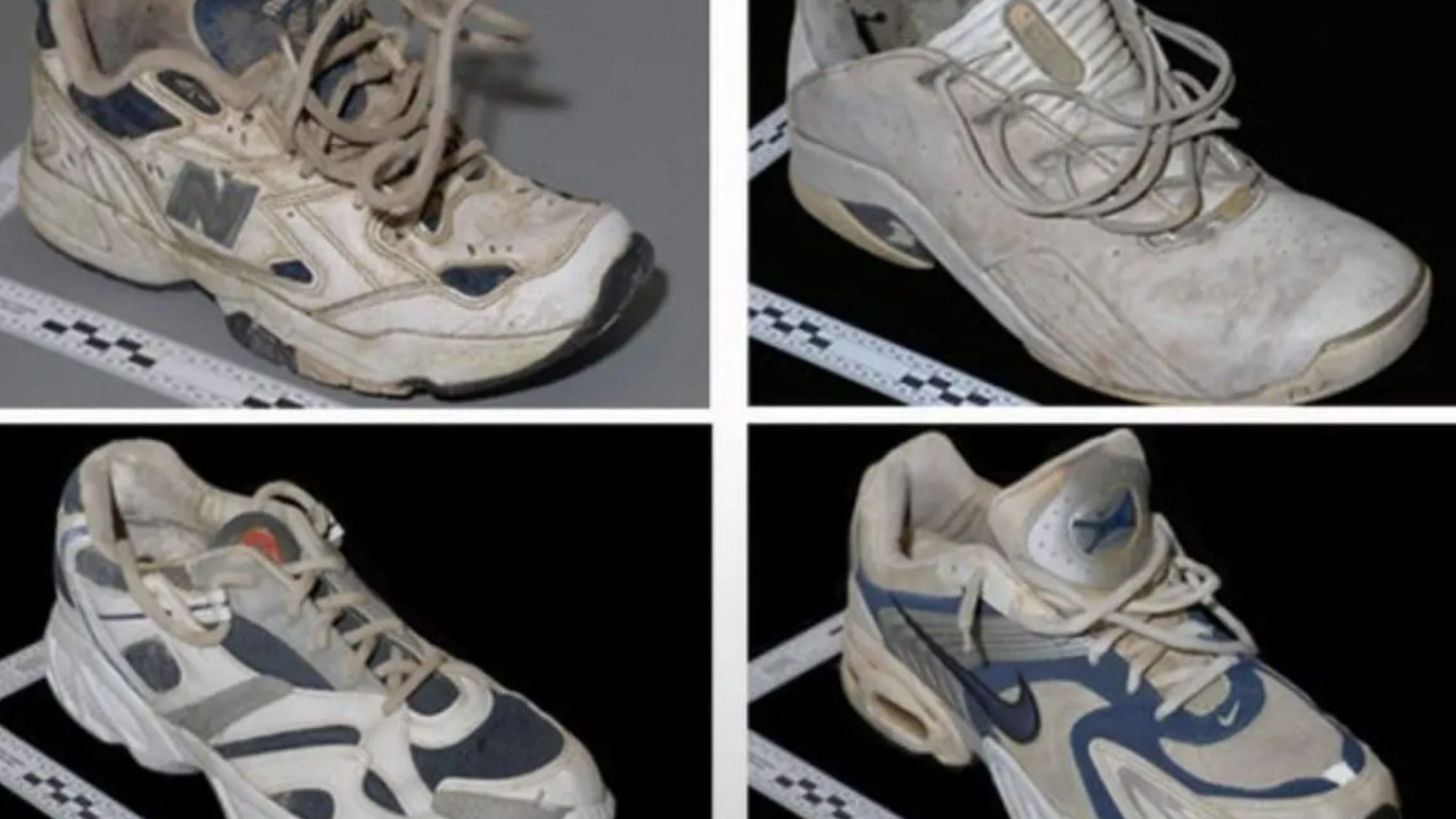Gabriola Island, a breathtaking haven off the coast of British Columbia, Canada, boasts pristine waters, sandstone coves, and lush forests, offering visitors an idyllic escape. However, this tranquility was shattered in 2007 when a series of gruesome discoveries transformed the island into a scene of macabre mystery. Severed human feet, encased in running shoes, began washing ashore, sparking a wave of speculation and fear. The initial discovery, made by a visiting couple, was quickly followed by reports of similar findings in nearby areas, igniting public fascination and unease. Theories ranged from gang violence and serial killers to the even more outlandish possibility of alien abduction. The recurring presence of running shoes on the feet added a peculiar element to the already bizarre phenomenon.
The discovery of multiple severed feet prompted a thorough investigation by Canadian authorities and attracted international media attention. The BBC journalist Celia Hatton extensively covered the unfolding mystery in her podcast, “Footprints.” The podcast detailed the discoveries of over 20 feet in the Salish Sea, the body of water encompassing the area from Vancouver Island down to Seattle. The investigation focused on identifying the victims and determining the cause of the dismemberment. Early speculation centered around foul play due to Vancouver’s known criminal underbelly and the nature of the discoveries. However, as more feet were found, a pattern emerged: most were right feet, and they belonged to both men and women. This further fueled public speculation and intensified the investigation.
Identifying the victims became a crucial aspect of the investigation. Laura Yazedjian, an identification specialist with the British Columbia Coroners Service, played a key role in this process. She utilized information gleaned from the shoes themselves, such as manufacturer dates, along with a DNA database of missing persons. Surprisingly, the examinations revealed that none of the feet had been mechanically severed, ruling out deliberate dismemberment. This discovery shifted the focus of the investigation towards understanding the natural processes that might have led to the separation of the feet. The perplexing question remained: how did these feet become detached and why were they washing ashore in this specific region?
The answer emerged from the work of forensic entomologist Dr. Gail Anderson at Simon Fraser University. Called in to examine the feet for insect activity and estimate time of death, Dr. Anderson found the feet remarkably well-preserved due to the low-oxygen environment of the water. However, her most significant contribution came from an unexpected source: pig carcasses. Using pigs as human analogues, Dr. Anderson conducted experiments to observe decomposition in water. These experiments revealed that deep-sea scavengers, such as crabs and shrimp, could rapidly consume flesh and tissue, particularly around joints. This process, combined with the natural decomposition of ligaments and tendons, could lead to the detachment of feet, especially in the ankle area. The running shoes, being buoyant and resistant to decomposition, acted as containers for the severed feet, allowing them to float to the surface.
Oceanographer Curtis Ebbesmeyer provided further insights into the geographical distribution of the feet. He explained that Canada’s lack of river dams, unlike the US, allowed bodies in the water to flow freely into larger bodies of water, increasing the chances of them drifting into the Salish Sea. The final piece of the puzzle related to the specific timeframe of the discoveries. Elizabeth Semmelhack, a shoe expert, pointed to the trend of lighter running shoe construction beginning in the 1972. The increasing use of buoyant, synthetic materials in running shoes made them more likely to float, carrying the detached feet to the surface and eventually ashore. This explained the concentration of discoveries in recent years, correlating with the widespread adoption of lighter footwear.
Ultimately, the painstaking identification work of Laura Yazedjian and the scientific insights of Dr. Anderson and Curtis Ebbesmeyer, combined with the analysis of shoe construction trends, unveiled the truth behind the gruesome mystery. The severed feet belonged to individuals who had drowned, either accidentally or by suicide. The combination of natural decomposition, scavenging by marine life, buoyant footwear, and the specific oceanographic conditions of the Salish Sea explained the unusual phenomenon. The discovery of the feet, initially a source of macabre fascination and speculation, ultimately became a poignant reminder of the human tragedies that lay beneath the surface. The story, initially defined by mystery and fear, shifted to one of empathy and understanding, focusing on the lives lost and the families affected.











